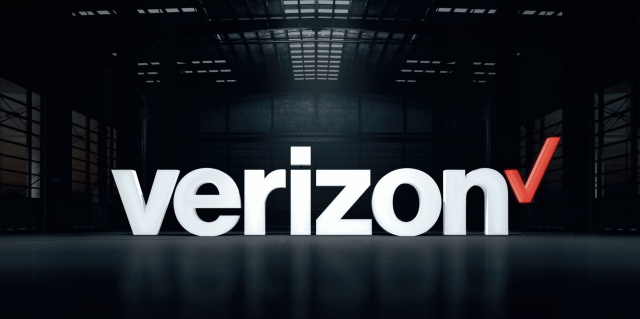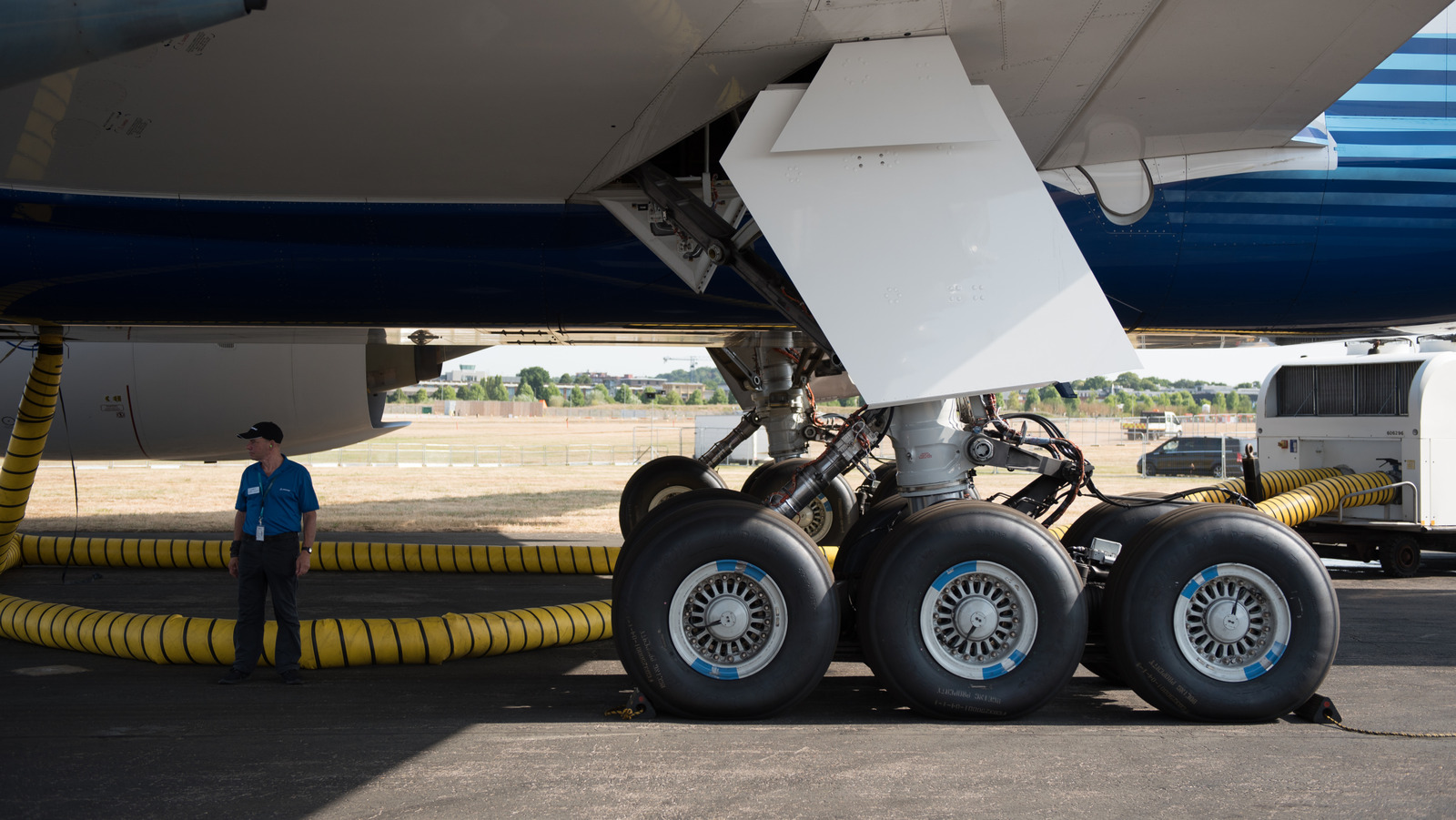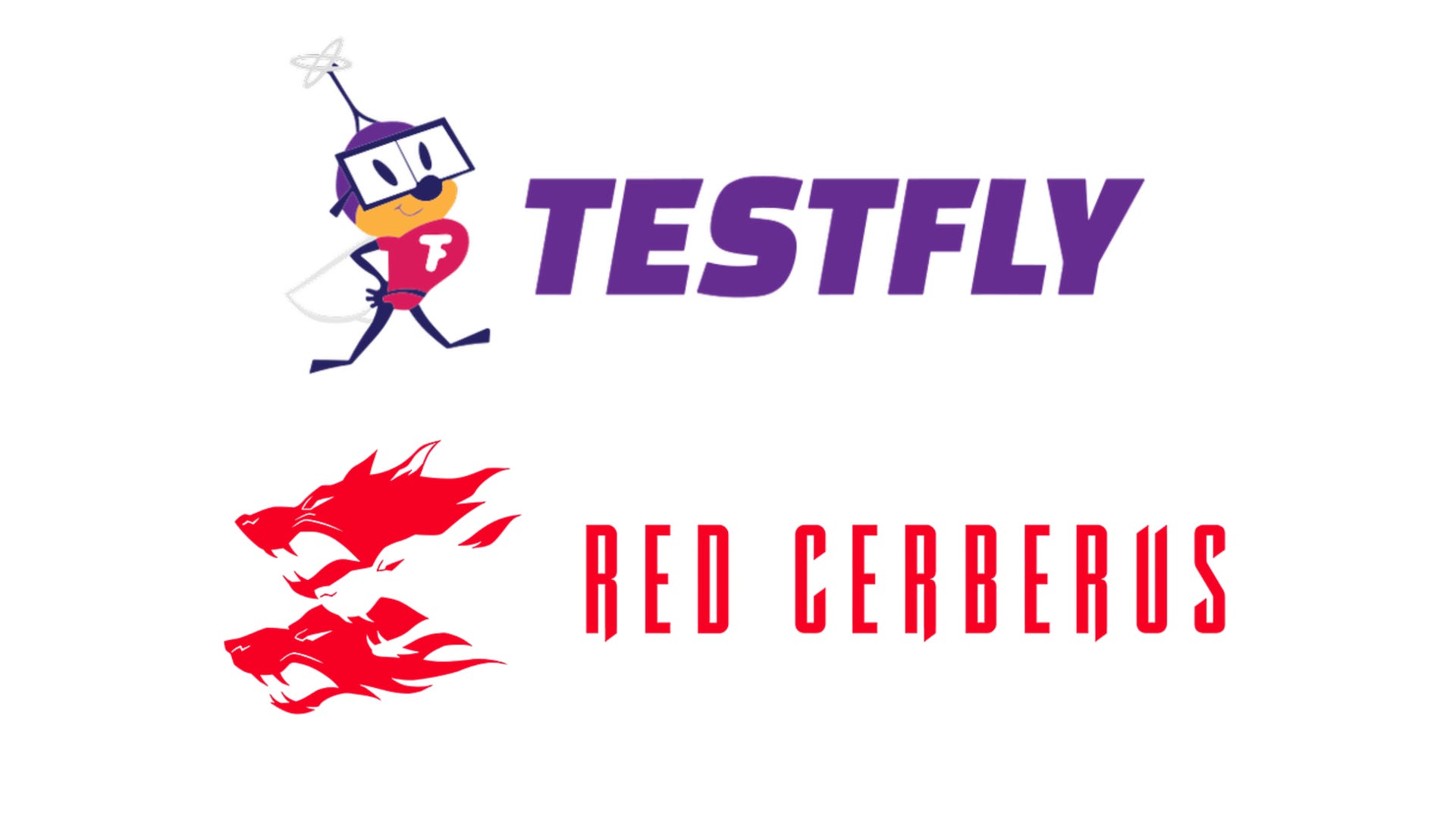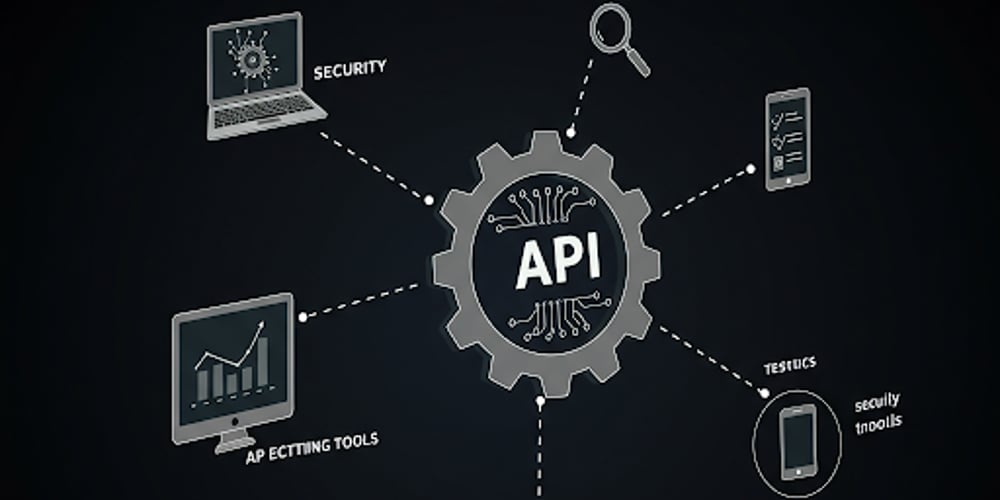Developing AI-Powered Supply Chain Optimization Systems
Introduction: Supply chain optimization is crucial for businesses to improve efficiency, reduce costs and meet the demands of their customers. With the advent of Artificial Intelligence (AI), there has been a surge in the development of AI-powered supply chain optimization systems. These systems use algorithms, machine learning, and advanced analytics to make real-time decisions and optimize the supply chain process. Advantages: AI-powered supply chain optimization systems offer numerous advantages. Firstly, they can analyze large amounts of data from various sources and provide real-time insights, allowing for faster decision-making. This leads to improved efficiency and reduced costs. Secondly, these systems can predict future demand and adjust production accordingly, ensuring the right amount of inventory is maintained. Furthermore, AI-powered systems can also identify potential supply chain disruptions and provide solutions to mitigate them. Disadvantages: One of the main disadvantages of using AI-powered supply chain optimization systems is their initial cost. The implementation and integration of these systems can be costly and require specialized skills. Additionally, there is a risk of data breaches and technical glitches that could disrupt the supply chain process. Features: AI-powered supply chain optimization systems come equipped with a range of features such as demand forecasting, inventory optimization, route planning, and supplier management. These features are integrated into a single platform, allowing for a more efficient and streamlined supply chain process. Conclusion: In conclusion, the development of AI-powered supply chain optimization systems has revolutionized the traditional supply chain process. These systems offer numerous advantages, including improved efficiency, reduced costs, and better decision-making. However, it is essential to address the potential disadvantages and ensure proper implementation and integration for optimal results. As technology continues to advance, AI-powered supply chain optimization systems are likely to become a crucial tool for businesses to stay competitive in the ever-changing market.

Introduction:
Supply chain optimization is crucial for businesses to improve efficiency, reduce costs and meet the demands of their customers. With the advent of Artificial Intelligence (AI), there has been a surge in the development of AI-powered supply chain optimization systems. These systems use algorithms, machine learning, and advanced analytics to make real-time decisions and optimize the supply chain process.
Advantages:
AI-powered supply chain optimization systems offer numerous advantages. Firstly, they can analyze large amounts of data from various sources and provide real-time insights, allowing for faster decision-making. This leads to improved efficiency and reduced costs. Secondly, these systems can predict future demand and adjust production accordingly, ensuring the right amount of inventory is maintained. Furthermore, AI-powered systems can also identify potential supply chain disruptions and provide solutions to mitigate them.
Disadvantages:
One of the main disadvantages of using AI-powered supply chain optimization systems is their initial cost. The implementation and integration of these systems can be costly and require specialized skills. Additionally, there is a risk of data breaches and technical glitches that could disrupt the supply chain process.
Features:
AI-powered supply chain optimization systems come equipped with a range of features such as demand forecasting, inventory optimization, route planning, and supplier management. These features are integrated into a single platform, allowing for a more efficient and streamlined supply chain process.
Conclusion:
In conclusion, the development of AI-powered supply chain optimization systems has revolutionized the traditional supply chain process. These systems offer numerous advantages, including improved efficiency, reduced costs, and better decision-making. However, it is essential to address the potential disadvantages and ensure proper implementation and integration for optimal results. As technology continues to advance, AI-powered supply chain optimization systems are likely to become a crucial tool for businesses to stay competitive in the ever-changing market.

































































![YouTube Announces New Creation Tools for Shorts [Video]](https://www.iclarified.com/images/news/96923/96923/96923-640.jpg)
![Apple Faces New Tariffs but Has Options to Soften the Blow [Kuo]](https://www.iclarified.com/images/news/96921/96921/96921-640.jpg)















![Fitbit redesigns Water stats and logging on Android, iOS [U]](https://i0.wp.com/9to5google.com/wp-content/uploads/sites/4/2023/03/fitbit-logo-2.jpg?resize=1200%2C628&quality=82&strip=all&ssl=1)





























































































_Anthony_Brown_Alamy.jpg?#)
_Hanna_Kuprevich_Alamy.jpg?#)












































































![[The AI Show Episode 142]: ChatGPT’s New Image Generator, Studio Ghibli Craze and Backlash, Gemini 2.5, OpenAI Academy, 4o Updates, Vibe Marketing & xAI Acquires X](https://www.marketingaiinstitute.com/hubfs/ep%20142%20cover.png)
















































































































![Is this a suitable approach to architect a flutter app? [closed]](https://i.sstatic.net/4hMHGb1L.png)























![[DEALS] Microsoft Office Professional 2021 for Windows: Lifetime License (75% off) & Other Deals Up To 98% Off – Offers End Soon!](https://www.javacodegeeks.com/wp-content/uploads/2012/12/jcg-logo.jpg)

























































































